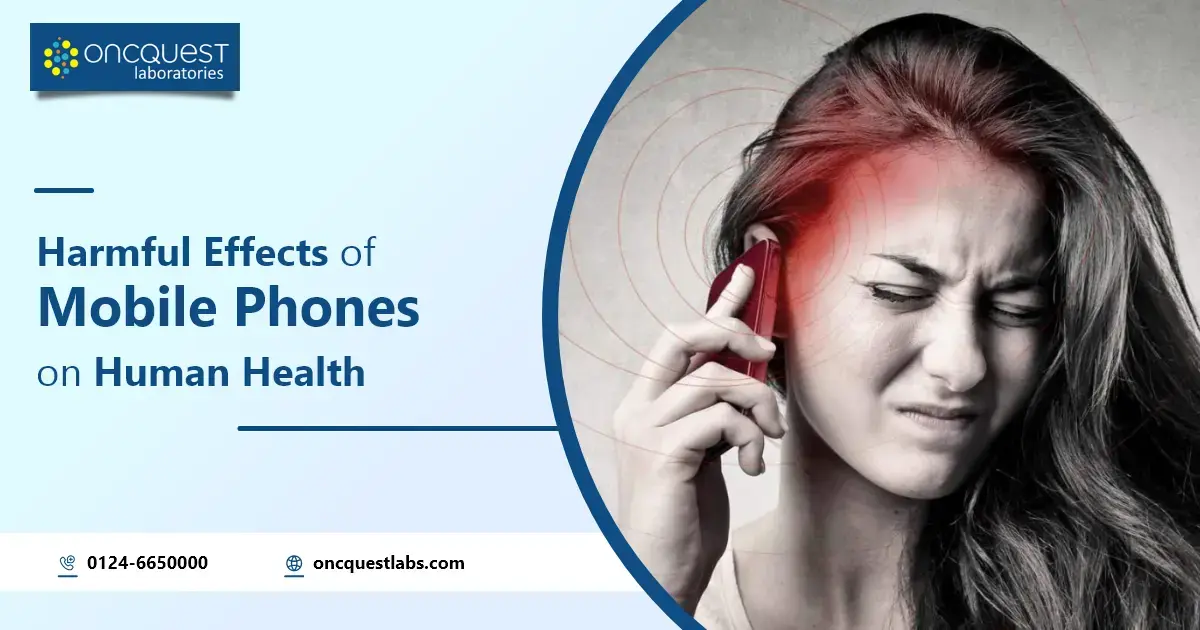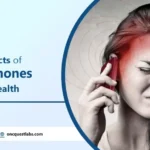Mobile towers, also known as cell towers or base stations, are structures designed to facilitate wireless communication by transmitting and receiving signals to and from mobile devices. These towers play a crucial role in enabling cellular networks to function, allowing people to make calls, send texts, and access the internet wirelessly. Found in various locations, including urban areas, rural landscapes, and residential neighborhoods, mobile towers are essential components of modern telecommunications infrastructure.
Contents
- 1 Understanding Radiofrequency Radiation (RFR)
- 2 Proximity of Mobile Towers to Residential Areas
- 3 Health Risks Associated with Mobile Tower Exposure
- 4 Environmental Impact of Mobile Towers
- 5 Mitigation Strategies for Residential Areas
- 6 Controversies and Debates Surrounding Mobile Towers
- 7 Conclusion
- 8 Frequently Asked Questions (FAQs)
Understanding Radiofrequency Radiation (RFR)
Radiofrequency radiation (RFR) refers to the electromagnetic waves emitted by various electronic devices, including mobile phones, Wi-Fi routers, and, notably, mobile towers. These waves are a form of non-ionizing radiation, meaning they lack sufficient energy to ionize atoms or molecules and cause cellular damage. However, prolonged exposure to RFR, particularly in close proximity, has raised concerns regarding its potential health effects. Mobile towers emit RFR as part of their communication process, transmitting signals to and from mobile devices within their coverage area. While these signals enable seamless wireless communication, there is ongoing debate and research concerning the safety of prolonged exposure to RFR emitted by mobile towers.
Proximity of Mobile Towers to Residential Areas
Mobile towers are often situated in close proximity to residential areas to provide adequate coverage for mobile communication services. The placement of these towers is strategically determined based on factors such as population density, terrain, and network coverage requirements. While the presence of mobile towers in residential neighborhoods ensures reliable connectivity for residents, concerns have been raised about potential health risks associated with prolonged exposure to radiofrequency radiation emitted by these towers. Regulatory guidelines and zoning regulations may dictate the allowable distance between mobile towers and residential properties to minimize potential health impacts.
Health Risks Associated with Mobile Tower Exposure
Exposure to radiofrequency radiation (RFR) emitted by mobile towers has raised concerns regarding potential health risks for humans. While the scientific community continues to study the long-term effects, several health concerns have been highlighted:
- Neurological Effects: Some studies suggest a possible link between RFR exposure and neurological disorders such as headaches, dizziness, and sleep disturbances.
- Cancer Risk: There is ongoing research examining the association between RFR exposure and various types of cancer, including brain tumors and leukemia. While findings are inconclusive, some studies have reported an increased risk among individuals with high levels of RFR exposure.
- Reproductive Health Concerns: Research indicates that RFR exposure may affect reproductive health, including decreased sperm quality and fertility issues in males, as well as potential developmental effects on fetuses during pregnancy.
While regulatory bodies have established safety guidelines to limit RFR exposure from mobile towers, concerns remain, particularly regarding cumulative exposure over time. It is essential for individuals to stay informed about potential health risks and take measures to minimize unnecessary exposure to RFR, especially in residential areas where mobile towers are prevalent.
Environmental Impact of Mobile Towers
The presence of mobile towers can have significant environmental impacts, particularly concerning wildlife and vegetation. Electromagnetic radiation emitted by these towers may interfere with the behavior, navigation, and communication of certain animal species, such as birds and insects. Additionally, the construction and operation of mobile towers can lead to habitat fragmentation and disturbance, disrupting local ecosystems.
Furthermore, there are concerns about the potential effects of electromagnetic radiation on plant life. Studies have suggested that prolonged exposure to radiation from mobile towers may impair the growth and health of nearby vegetation, including trees and plants. This can have cascading effects on the ecosystem, impacting biodiversity and ecosystem services.
Mitigation Strategies for Residential Areas
To address concerns about the potential health risks associated with mobile tower radiation exposure in residential areas, several mitigation strategies can be implemented:
- Alternative Tower Designs: Explore the use of innovative tower designs that minimize radiation emissions while maintaining effective communication coverage. This may include the adoption of lower-power antennas or the integration of shielding technologies.
- Shielding and Screening Techniques: Implement physical barriers or shielding materials around mobile towers to reduce the propagation of electromagnetic radiation toward residential properties. Additionally, landscaping techniques such as planting dense vegetation can act as natural barriers to absorb radiation.
- Community Initiatives for Safer Technology Implementation: Encourage community engagement and collaboration to advocate for the adoption of safer technology solutions by telecommunication companies. This may involve working with local authorities to enforce stricter regulations on tower placement and radiation emissions.
By proactively implementing these mitigation strategies, residential areas can minimize potential health risks associated with mobile tower radiation exposure while ensuring continued access to essential communication services.
Controversies and Debates Surrounding Mobile Towers
The deployment of mobile towers in residential areas has sparked significant controversies and debates, primarily centered around health and safety concerns, regulatory policies, and technological advancements.
- Conflicting Studies and Findings: Scientific research on the health effects of radiofrequency radiation (RFR) emitted by mobile towers has produced mixed results. While some studies suggest potential risks such as cancer, neurological disorders, and reproductive health issues, others find no conclusive evidence linking RFR exposure to adverse health effects. This inconsistency fuels ongoing debates among scientists, health professionals, and the public.
- Industry vs. Health Advocates Perspectives: Telecommunication companies argue that mobile towers are essential for maintaining robust communication networks and that current safety standards are adequate to protect public health. In contrast, health advocates and concerned residents call for stricter regulations and more comprehensive studies to address potential long-term health risks. They emphasize the need for precautionary measures, especially in densely populated residential areas.
Conclusion
Mobile towers are essential for maintaining reliable communication networks in our increasingly connected world. However, their presence in residential areas raises significant health and environmental concerns. Prolonged exposure to radiofrequency radiation (RFR) may pose potential health risks, including neurological issues, cancer, and reproductive health concerns. Additionally, mobile towers can impact local wildlife and vegetation, leading to broader ecological disruptions.
Balancing the need for robust communication infrastructure with public health and environmental protection requires comprehensive strategies. These include adopting safer tower designs, implementing shielding techniques, and promoting public awareness about potential risks and safe technology practices. Continued research, transparent communication, and balanced regulatory approaches are crucial in addressing the controversies and ensuring the well-being of residential communities.
Frequently Asked Questions (FAQs)
1. Are mobile towers really harmful to health?
Prolonged exposure to radiofrequency radiation (RFR) from mobile towers may pose health risks such as neurological effects, cancer, and reproductive issues. However, scientific studies have shown mixed results, and further research is needed to draw definitive conclusions.
2. How can residents protect themselves from mobile tower radiation?
Residents can minimize exposure by using hands-free devices for calls, keeping mobile devices away from the body when not in use, limiting screen time, and advocating for the implementation of shielding techniques around mobile towers.
3. What are the regulations regarding mobile tower placement?
Regulations vary by country but generally include guidelines on safe distances between mobile towers and residential areas, as well as limits on radiation emissions to protect public health.
4. Are there any safer alternatives to traditional mobile towers?
Innovative tower designs, such as those with lower-power antennas and integrated shielding technologies, offer safer alternatives. Ongoing technological advancements aim to reduce radiation emissions while maintaining effective communication coverage.





